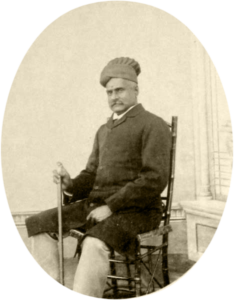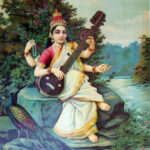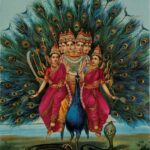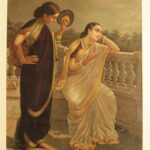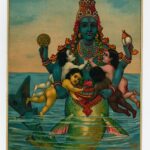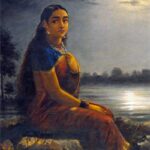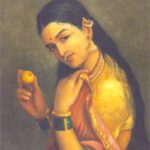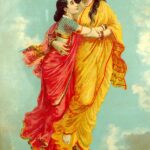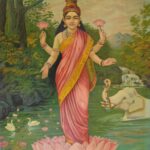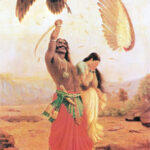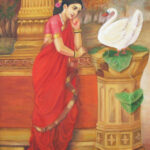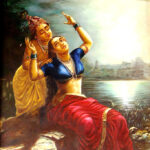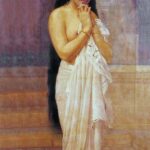Prehistoric Sawfish caught near Mumbai, India.
 Local fishermen caught Sawfish, also known as carpenter sharks near my dads hometown Satpatibeach almost 1 hr from Mumbai, India.
Local fishermen caught Sawfish, also known as carpenter sharks near my dads hometown Satpatibeach almost 1 hr from Mumbai, India.
This prehistoric beautiful fish is a critically endangered species and face the threat of extinction as a result of habitat loss and overfishing.
Sawfish is a survivor from the Cretaceous period (66 million years ago), and can be found both in saltwater or in rivers and creeks, It may look like sharks but are actually more closely related to rays. Their “saw” is both a weapon and a sensory organ, Although usually peaceful, the sawfish can become extremely dangerous if provoked. this fishes was probably a staple food for the largest carnivorous dinosaur, as a vertebra from the fish was found stuck between the dinosaur’s teeth.
All the seven varieties of sawfish, including four from India, have been listed as critically endangered on the Red List of the International Union for Conservation of Nature (IUCN). They are also considered the most threatened marine fish.
Sawfish were once abundant in India’s coastal waters, but are rarely seen these days, as per the article in Hindu. Good thing is that the sawfish is alredy protected under the Wildlife Protection Act but education and awareness is needed
A good article from The Hindu http://www.thehindu.com/
I also found an old video from 2012 where fishermen caught a giant Sawfish in Daman, India

 After almost a decade Director Ketan Mehta’s Movie ‘Rang Rasiya’ finally hit screens today in India.
After almost a decade Director Ketan Mehta’s Movie ‘Rang Rasiya’ finally hit screens today in India.